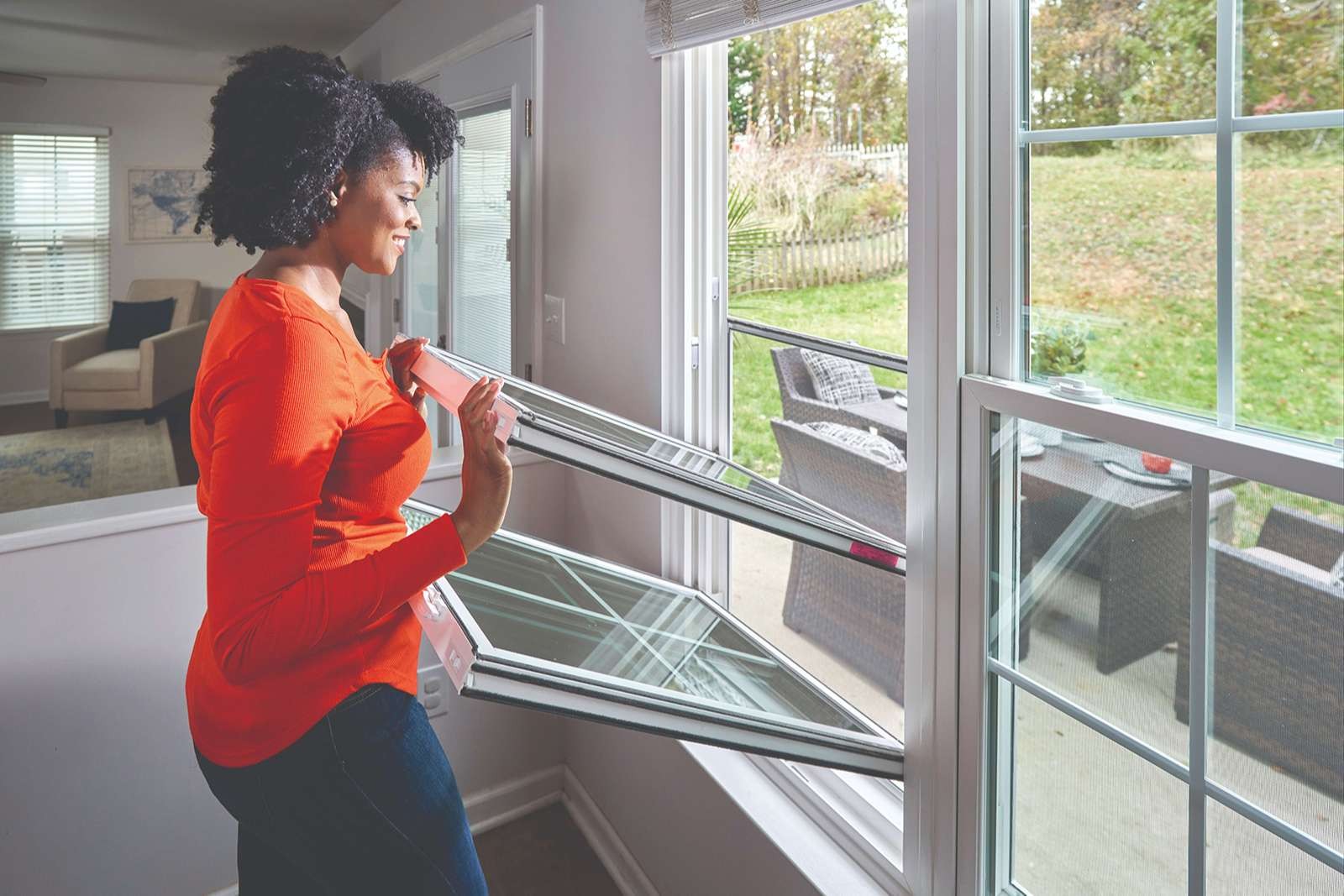


Expert Overview
- When it comes to replacement windows, you have many options in terms of both style and type of material.
- Climate, functionality, privacy, budget, and ease of cleaning all factor into homeowners’ decisions about what type of window to buy.
- Your replacement window sales representative should be able to review the pros and cons of each window type, and help you determine which is best for you.
Once you’ve decided that you need replacement windows, how do you narrow down your options for the best type of window for your home?
When you meet with a Champion representative, they’ll walk you through the different styles of windows, and the pros and cons of each. But we know that many homeowners like to gather research on their own.
Choosing your window type is a matter of several factors, including:
- Personal preference and aesthetics
- The climate where you live
- How much protection from the sun’s UV rays you want
- How important ease of cleaning is
- How important energy efficiency is to you
- How you need the window to function (windows that open vs. windows that are fixed)
- Privacy considerations vs. maximizing an amazing view
- Your budget
As we dig into learning about the different types of windows, we’ll present pros and cons around these different areas for each window style.
You can learn more about any particular style of window by reading the article about it. But the glossary below offers a quick overview of the main replacement window types.
Glossary of window styles
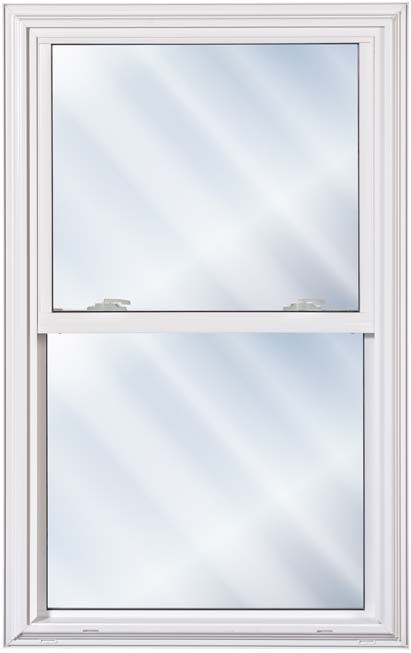
Single-Hung Window: Single-hung windows have an upper sash and a lower sash. The lower sash can be opened, while the upper sash is fixed. The lower sash may pivot inward or slide upward.
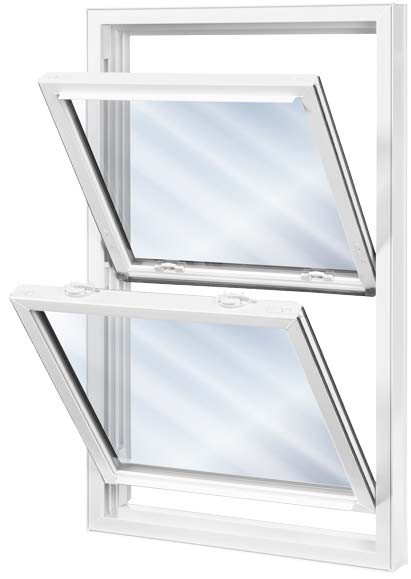
Double-Hung Windows: Double-hung windows are among the most commonly installed in today's homes. Like single-hung windows, they have an upper and a lower sash. However, both sashes are operable in double-hung windows; sashes may slide or pivot.
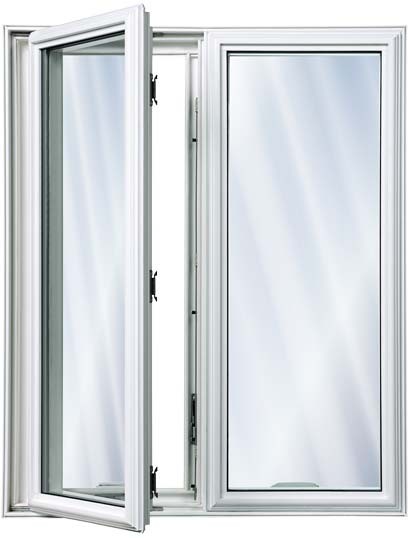
Casement or Awning Windows: Casement and awning windows are operable, thanks to hinges on one side that allow sashes to swing out to the side. They usually open by using a crank handle.
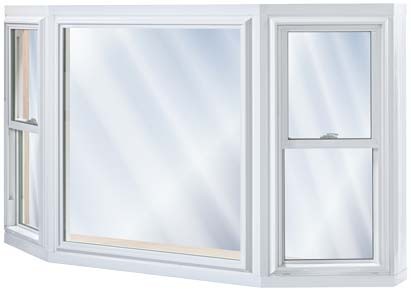
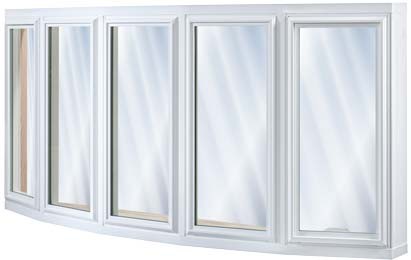
Bay or Bow Windows: Bow windows are a form of projection window, which means they stick out from the wall and out over the lawn. Bow windows are similar to bay windows in that they are angled or curved to create a bench-like space inside the house.
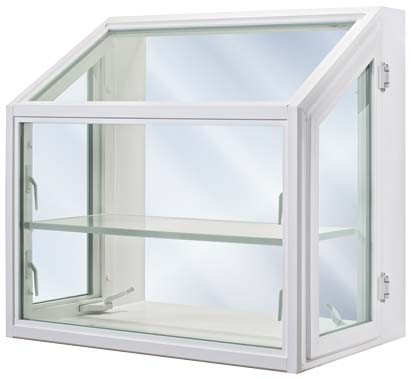
Garden Windows: Garden windows resemble little greenhouses that extend outward from the house. They often have shelves that hold plants.
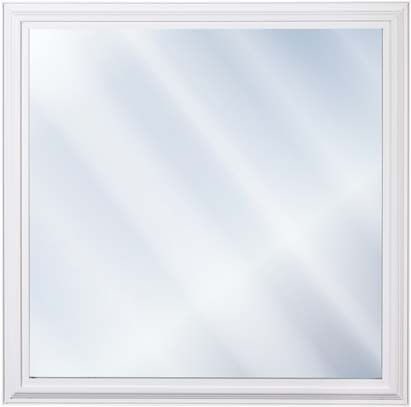
Picture Windows: Picture windows consist of single panes of glass without any rails to obstruct the view. Also known as fixed windows — because they don't open — picture windows are designed to let in lots of light.
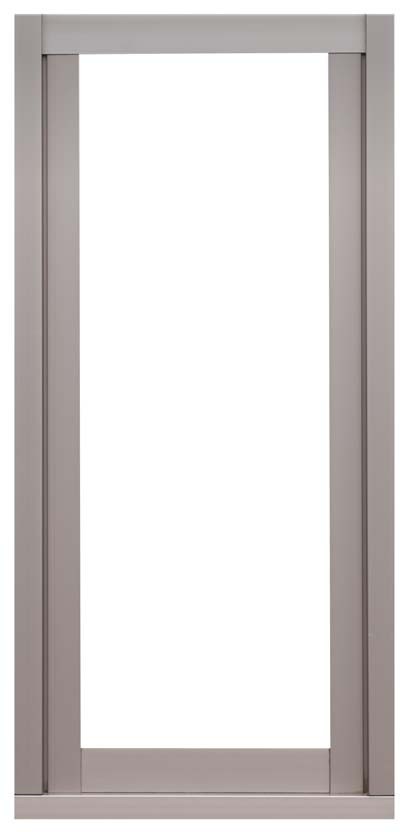
Storm Windows: Storm windows are flat, exterior panels that are installed in the same frame as existing windows during the winter. They offer another layer of protection against drafts and heat loss.
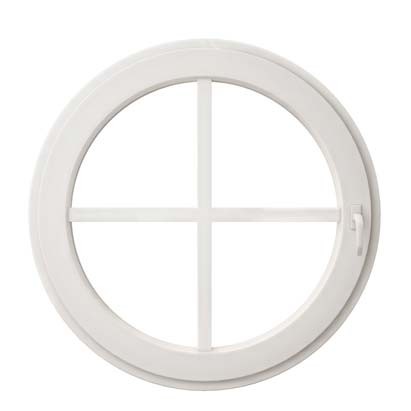
Custom or Shaped Windows: Unlike standard-sized windows, custom windows have a design that's crafted to fit measurements that you, or a professional, provide. If you've got an existing frame to fill or want to add a brand-new window, custom windows offer a versatile solution to fit your space.
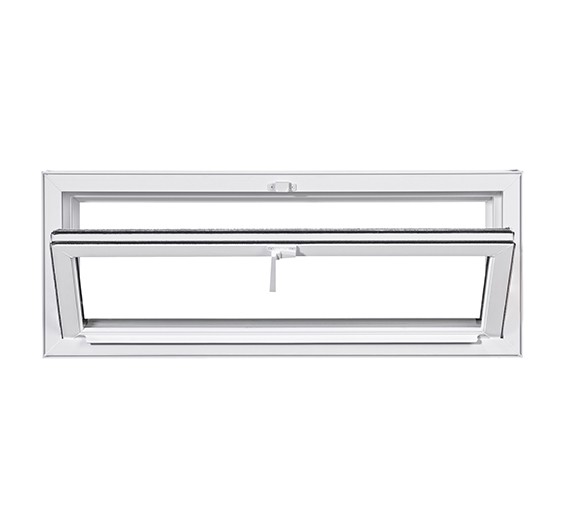
Basement Hopper Windows: These small windows are perfect for basement spaces, where you want some natural light and additional airflow. They are hinged at the bottom, and open at the top.
